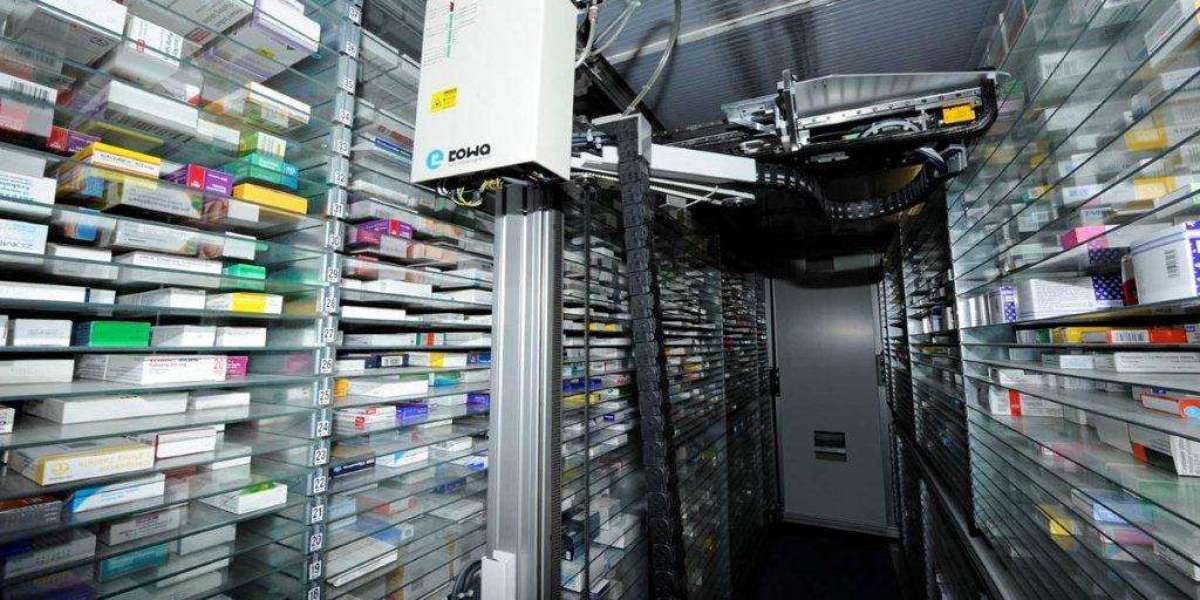Concrete is one of the most durable and widely used building materials. However, even the strongest concrete structures can develop cracks over time. Ignoring these cracks can lead to severe structural damage, increased repair costs, and safety hazards. This article dives into the world of advanced crack injection techniques for effective concrete repair, ensuring your structures remain strong and safe.
Understanding Concrete Cracks
Types of Concrete Cracks
Concrete cracks come in various forms, each indicating different underlying issues. The main types include:
Shrinkage Cracks: Caused by the concrete drying too quickly.
Settlement Cracks: Occur when the ground beneath the concrete settles.
Thermal Cracks: Result from temperature changes causing the concrete to expand and contract.
Structural Cracks: Indicate severe issues, often due to heavy loads or foundational problems.
Causes of Concrete Cracks
Understanding the root causes of concrete cracks is crucial for effective repair. Common causes include:
Poor Construction Practices: Inadequate mixing, curing, or compaction.
Environmental Factors: Temperature fluctuations, moisture, and chemical exposure.
Structural Loads: Excessive weight or vibrations.
Foundation Issues: Soil movement or poor soil quality.
Effects of Ignoring Concrete Cracks
Ignoring cracks can lead to water infiltration, corrosion of reinforcement bars, and ultimately, structural failure. Timely repair using advanced crack injection services can prevent these issues.
Basics of Crack Injection
What is Crack Injection?
Crack injection is a process of filling cracks in concrete with a suitable material to restore its integrity and prevent further damage. It's an effective method for demolition contractors.
Why Use Crack Injection?
Crack injection offers several benefits:
Durability: Provides a long-lasting solution.
Cost-Effectiveness: More affordable than replacing the entire structure.
Efficiency: Quick and minimally invasive process.
Materials Used in Crack Injection
Epoxy
Epoxy is a strong adhesive that bonds the concrete surfaces together, restoring structural integrity. It's ideal for dry cracks and structural repairs.
Polyurethane
Polyurethane is flexible and can expand to fill cracks, making it suitable for wet or actively leaking cracks. It’s commonly used for waterproofing.
Acrylic Gels
Acrylic gels are used for sealing fine cracks and providing a moisture barrier. They are versatile and can be adjusted for different crack widths.
Cementitious Grouts
Cementitious grouts are used for larger cracks and provide excellent bonding with concrete. They are also cost-effective.
Tools and Equipment for Crack Injection
Injection Ports
Injection ports are small fittings installed along the crack to allow the injection material to be pumped in.
Injection Guns
Injection guns are used to inject the material into the ports. They come in various types, including manual, pneumatic, and electric.
Mixers and Blenders
Mixers and blenders are essential for preparing the injection material to the right consistency.
Preparation Before Injection
Assessing the Crack
Evaluate the type, width, and extent of the crack to choose the appropriate repair method.
Cleaning the Crack
Remove any debris, dust, or contaminants from the crack to ensure proper adhesion of the injection material.
Installing Injection Ports
Place the injection ports along the crack, spacing them evenly to ensure thorough filling.
Injection Process
Mixing the Material
Follow the manufacturer’s instructions to mix the injection material to the correct proportions.
Injecting the Material
Start injecting the material from the lowest port, moving upwards. Monitor the flow and pressure to ensure the crack is fully filled.
Monitoring the Injection
Keep an eye on the material flow and check for leaks. Adjust the injection process as needed.
Post-Injection Procedures
Removing Injection Ports
Once the material has cured, remove the injection ports carefully.
Surface Finishing
Smooth out the surface to match the surrounding concrete and provide a clean finish.
Quality Checks
Inspect the repair for any missed spots or issues and ensure the crack is fully sealed.
Advanced Techniques in Crack Injection
Low-Pressure Injection
Used for fine cracks and non-structural repairs, low-pressure injection is less intrusive and suitable for delicate structures.
High-Pressure Injection
Ideal for large or actively leaking cracks, high-pressure injection ensures deeper penetration and a stronger bond.
Dual-Component Injection
Combining two materials, such as epoxy and polyurethane, this technique provides both structural strength and flexibility.
Case Studies
Residential Repairs
Crack injection can save residential properties from costly foundation repairs, ensuring safety and stability.
Commercial Repairs
In commercial buildings, crack injection maintains structural integrity and prevents disruptions to business operations.
Industrial Repairs
Industrial structures benefit from the durability and quick turnaround of crack injection, minimizing downtime and maintenance costs.
Benefits of Advanced Crack Injection Techniques
Durability
Advanced techniques ensure long-lasting repairs that withstand environmental and structural stresses.
Cost-Effectiveness
Compared to replacement, crack injection is a budget-friendly solution that delivers excellent results.
Time Efficiency
The injection process is quick, minimizing disruption and downtime.
Challenges and Solutions
Dealing with Water Ingress
Using water-reactive materials like polyurethane can effectively seal wet cracks and prevent further water damage.
Injection in Cold Weather
Specialized materials and equipment can ensure successful crack injection even in low temperatures.
Addressing Structural Movements
Flexible materials like polyurethane accommodate structural movements, preventing new cracks from forming.
Environmental Considerations
Eco-Friendly Materials
Opt for materials that are environmentally friendly and have low VOC emissions.
Waste Management
Proper disposal of excess materials and used equipment is crucial to minimize environmental impact.
Sustainable Practices
Implementing sustainable practices in the injection process can enhance the overall eco-friendliness of the repair.
Future Trends in Concrete Repair
Smart Materials
Innovations in smart materials that can self-heal or provide real-time monitoring are on the horizon.
Automated Injection Systems
Automation can increase precision, efficiency, and safety in the crack injection process.
Predictive Maintenance
Using data analytics and monitoring systems to predict and address cracks before they become problematic.
Conclusion
Advanced crack injection techniques are essential for maintaining the integrity and longevity of concrete structures. By understanding the types of cracks, choosing the right materials, and following best practices, you can ensure effective and durable repairs. These methods not only save time and money but also enhance the safety and sustainability of your buildings.
FAQs
What is the lifespan of an injected crack repair?
The lifespan of an injected crack repair can vary, but with proper materials and techniques, it can last for decades.
Can crack injection be done in any weather?
Yes, with the right materials and equipment, crack injection can be performed in various weather conditions, including cold or wet environments.







